Welcome
Preamble
In an instant, the camera captures an image - the frozen transient occasionally appeals to the viewer the wonders with a force stronger than a thousand words. One photograph not only writes a history but sometimes do change the history itself by creating an impact not even possible by an explosive. And most of all, they are irrecoverable moments as most of the photos captured will never be repeated forever..
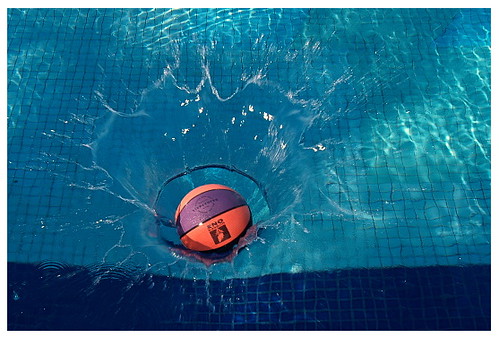
To me images come in just two kinds, The one I see with my eyes or the inner vision, which are sometimes fuzzy and abstract...
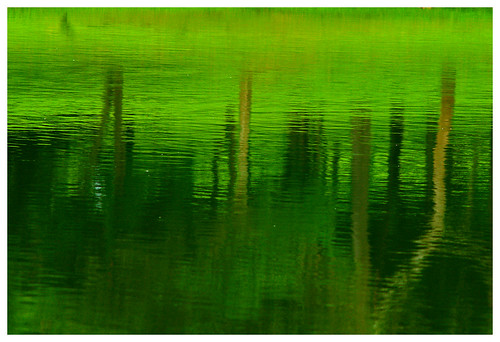
...and the ones I create through the medium of a lens. With this in mind, the lenses are the life and soul of the camera or that the photographs are no more than the record of an image captured by a lens. If every lens is an eye, then different lens represents a new way of seeing.
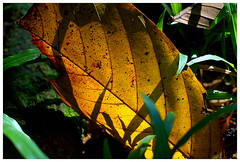
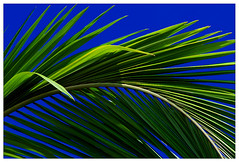


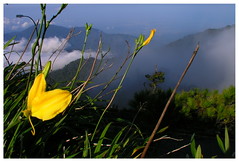

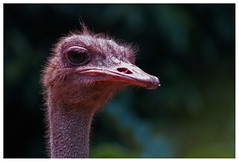
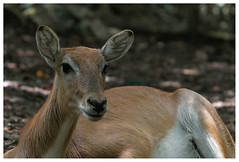
Why Wan Ab.H.A.B @uncle.D chooses naturePHOTOGRAPHY?
It is already 15 years since uncle.D started to photograph NATURE and WILDlife. This persuit was not accidental because his absolute passion was observing of the goings-on in the surrounding where he used to live and play, and even today some 400 km away from where he came from he's still surrounded by what he likes most - the NATURE.
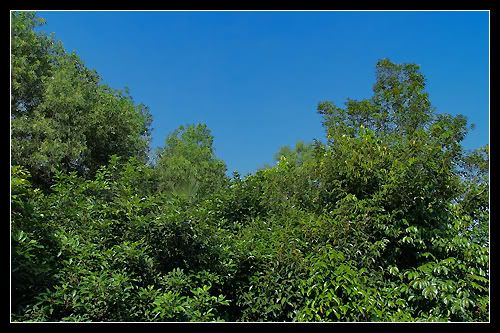
There are a few species of bird, insect, arachnid, animal, reptilia and wild flower could be found in the nearby woods across a small stream .
A common bird, burung murai is a regular visitor found in the backyard. It comes everyday to orchestrate the symphony of the nature. Without which every morning and late afternoon would not be the same forever.
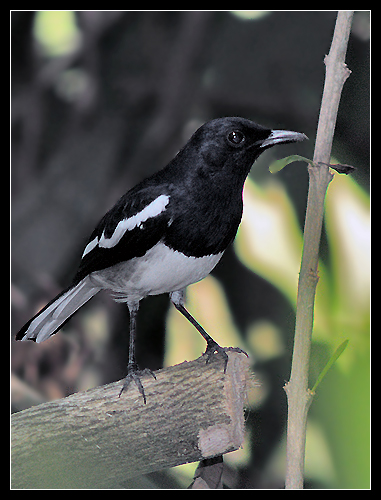
This is a kind of little bee, making honey comb under the leaves of a mangostein tree. It stings when disturbed or agitated.
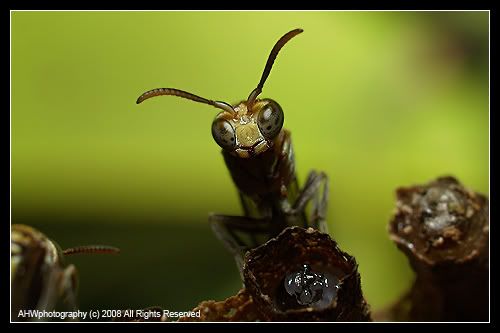
Melastoma in the woods behind uncle.D's home backyard, is grown wild. In those ol' days, when uncle.D was a kid melastoma was part of his life. He used to play hide-and-seek behind them, he ate the fruits, he uprooted the plants to find fancy root formation, while the branches were submerged in nearby river overnight to trap fish and prawn for the next day's lunch.
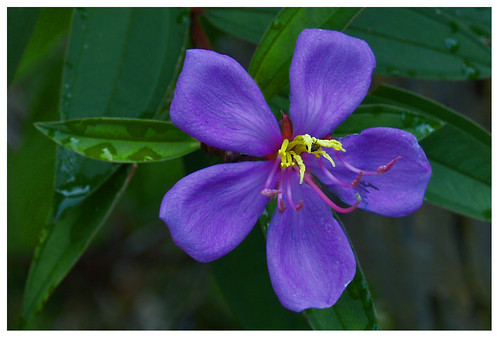
In the face of these concerned, uncle.D thought that it would be necessary to show other people the NATURE and WILDlife beauty which he was discovering each day, in an attempt to have nature become more loved and respected. In this manner, basing his action on the proverb that which is known is loved.

Uncle.D continues to be consistantly amazed at the marvels which he discovers each day in the life of all living things - fauna and flora. Consequently, his concerns are the same as they were in the beginning since his childhood - TO MAKE HIS SMALL CONTRIBUTION TO THE KNOWLEDGE OF THE BEAUTY AND THE WONDERFUL SECRETS OF NATURE THROUGH THE LENS
and again, together we remember the following message...
"we are the only species who can protect them... including ourselves!"
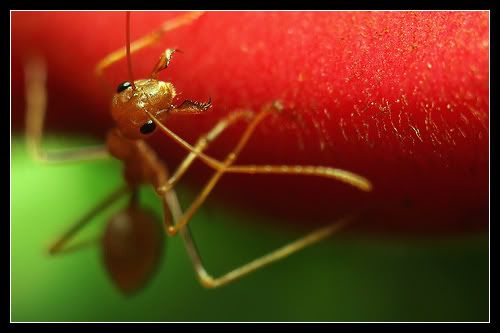
Weaver Ant the Kerengge is uncle.D's Avatar
NATUREphotography tips:
Basic Rules
Even with the excellent cameras now available, success in nature photography is still not guaranteed. The best equipment can only make task easier, but there are some fundamental rules which must be followed:
1. Study and observe the way of life of the subjects to be photographed, and try to be in harmony with their surroundings
2. Respect the subjects and their environment, above all do not frightened them.
3. If the subjects become aware of photographer's presence leave the area quickly and quietly. Try again.
To take beautiful nature photographs, it is important to adhere to these simple rules.
Equipment
Since the nature photographer must do a lot of walking, sometimes quickly and quietly, the equipment must be lightweight and minimum in number. A dSLR with largest crop factor with variety of interchangeable lenses like Four-Thirds system is ideal.
Choose the lenses according to the subject;
300mm~600mm telephoto for animals and birds.
50~200mm zoom for closeup shots.
24mm, 28mm and 35mm wide angle lenses for general landscape [environment] photography.
Macro lenses for insects, flowers and small plants.
Technique
After deciding on a subject, find out as much as possible about its way of life and habitat. Then choose the location and season which offer the most chance of fulfilling the assignment, and so on...
Thanks for visiting.

There are a few species of bird, insect, arachnid, animal, reptilia and wild flower could be found in the nearby woods across a small stream .

This is a kind of little bee, making honey comb under the leaves of a mangostein tree. It stings when disturbed or agitated.

Melastoma in the woods behind uncle.D's home backyard, is grown wild. In those ol' days, when uncle.D was a kid melastoma was part of his life. He used to play hide-and-seek behind them, he ate the fruits, he uprooted the plants to find fancy root formation, while the branches were submerged in nearby river overnight to trap fish and prawn for the next day's lunch.

In the face of these concerned, uncle.D thought that it would be necessary to show other people the NATURE and WILDlife beauty which he was discovering each day, in an attempt to have nature become more loved and respected. In this manner, basing his action on the proverb that which is known is loved.

Uncle.D continues to be consistantly amazed at the marvels which he discovers each day in the life of all living things - fauna and flora. Consequently, his concerns are the same as they were in the beginning since his childhood - TO MAKE HIS SMALL CONTRIBUTION TO THE KNOWLEDGE OF THE BEAUTY AND THE WONDERFUL SECRETS OF NATURE THROUGH THE LENS
and again, together we remember the following message...
"we are the only species who can protect them... including ourselves!"

Weaver Ant the Kerengge is uncle.D's Avatar
NATUREphotography tips:
Basic Rules
Even with the excellent cameras now available, success in nature photography is still not guaranteed. The best equipment can only make task easier, but there are some fundamental rules which must be followed:
1. Study and observe the way of life of the subjects to be photographed, and try to be in harmony with their surroundings
2. Respect the subjects and their environment, above all do not frightened them.
3. If the subjects become aware of photographer's presence leave the area quickly and quietly. Try again.
To take beautiful nature photographs, it is important to adhere to these simple rules.
Equipment
Since the nature photographer must do a lot of walking, sometimes quickly and quietly, the equipment must be lightweight and minimum in number. A dSLR with largest crop factor with variety of interchangeable lenses like Four-Thirds system is ideal.
Choose the lenses according to the subject;
300mm~600mm telephoto for animals and birds.
50~200mm zoom for closeup shots.
24mm, 28mm and 35mm wide angle lenses for general landscape [environment] photography.
Macro lenses for insects, flowers and small plants.
Technique
After deciding on a subject, find out as much as possible about its way of life and habitat. Then choose the location and season which offer the most chance of fulfilling the assignment, and so on...
Click on any of the following highlighted photo categories to proceed.
Categories
ARACHNOgraphy - spiders
ENTOMOgraphy - insects
FLORAgraphy - flowers
LEPIDOgraphy - butterflies and moths
MAMMALgraphy - four-legged animals
WONDERcolors - natural spectrum of colours
Uncategorised photos
ANYphoto - general uncategorised photos
CLOSEUPhotography - general close-up photos [non-macro]
TALKphotography - readers can find FAQ, post questions and comments here
WONDERcolors - striking color photos






